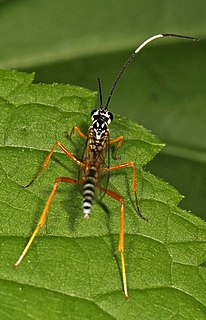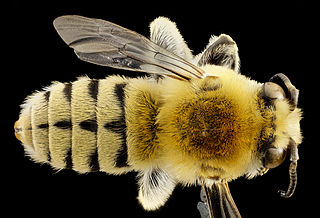
Thomas Eugene Lovejoy III was an American ecologist who was President of the Amazon Biodiversity Center, a Senior Fellow at the United Nations Foundation and a university professor in the Environmental Science and Policy department at George Mason University. Lovejoy was the World Bank's chief biodiversity advisor and the lead specialist for environment for Latin America and the Caribbean as well as senior advisor to the president of the United Nations Foundation. In 2008, he also was the first Biodiversity Chair of the H. John Heinz III Center for Science, Economics and the Environment to 2013. Previously he served as president of the Heinz Center since May 2002. Lovejoy introduced the term biological diversity to the scientific community in 1980. He was a past chair of the Scientific Technical Advisory Panel (STAP) for the Global Environment Facility (GEF), the multibillion-dollar funding mechanism for developing countries in support of their obligations under international environmental conventions.

Eagle is the common name for many large birds of prey of the family Accipitridae. Eagles belong to several groups of genera, some of which are closely related. Most of the 60 species of eagle are from Eurasia and Africa. Outside this area, just 14 species can be found—2 in North America, 9 in Central and South America, and 3 in Australia.

Halictidae is the second-largest family of bees with nearly 4,500 species. Halictid species are an extremely diverse group that can vary greatly in appearance. These bees occur all over the world and are found on every continent. Usually dark-colored and often metallic, halictids are found in various sizes, colors and patterns. Several species are all or partly green and a few are red, purple, or blue. A number of them have yellow markings, especially the males, which commonly have yellow faces, a pattern widespread among the various families of bees. The family is one of many with short tongues and is best distinguished by the arcuate basal vein found on the wing. Females in this family tend to be larger than the males.

Cryptinae is a subfamily of wasps in the family Ichneumonidae. The family has also been called Gelinae, Hemitelinae, and Phygadeuontinae by various authorities, though the Phygadeuontinae have since been elevated to a separate subfamily.
Lindigia is a genus of parasitic flies in the family Tachinidae. There are about five described species in Lindigia.

Atrytonopsis is a genus of butterflies in the skipper family, Hesperiidae. They are native to Mexico and the southwestern United States.

Ocyptamus is a large and diverse genus of over 200 species of hoverfly mostly found in the Neotropical region. It is likely that many of these species will be discovered to be synonyms though many others await description.
Melanostomias is a genus of barbeled dragonfishes.

Lasioglossum vierecki, also known as Dialictus vierecki and Halictus vierecki, is a sand sweat bee and is part of the family Halictidae of the order Hymenoptera. It is found in the eastern half of North America from Minnesota to the New England States down to Georgia and Louisiana and up in Manitoba and Ontario. Commonly found in sandy areas, it pollinates various flowers such as grass-leaved goldenrod and rattlesnake master.

Polycyrtus is a genus of ichneumon wasps in the subfamily Cryptinae. There are more than 160 species of Polycyrtus, found in the Americas.

Habropoda is a genus of anthophorine bees in the family Apidae. There are at least 50 described species in Habropoda.

Polycyrtus neglectus is a species of ichneumon wasp in the family Ichneumonidae.
Didineis is a genus of wasps in the family Crabronidae. There are more than 20 described species in Didineis.
Atrytonopsis vierecki, or Viereck's skipper, is a species of grass skipper in the butterfly family Hesperiidae. It is found in North America.
Triploechus is a genus of bee flies, insects in the family Bombyliidae. There are about 10 described species in Triploechus.
Ammoplanops vierecki is a species of aphid wasp in the family Crabronidae. It is found in North America.
Ammoplanops is a genus of aphid wasps in the family Crabronidae. There are about 15 described species in Ammoplanops.
Ripiphorus vierecki is a species of wedge-shaped beetle in the family Ripiphoridae. It is found in North America.

Bathythrix is a genus of ichneumon wasps in the family Ichneumonidae. There are at least 60 described species in Bathythrix.

Protea scabra, also known as the sandpaper-leaf sugarbush, is a flowering groundcover that belongs to the genus Protea. The plant is endemic to South Africa and is found from the Hottentots Holland Mountains across the Riviersonderend Mountains, the Kleinrivier Mountains and around the town of Caledon to the Swartberg mountains.










